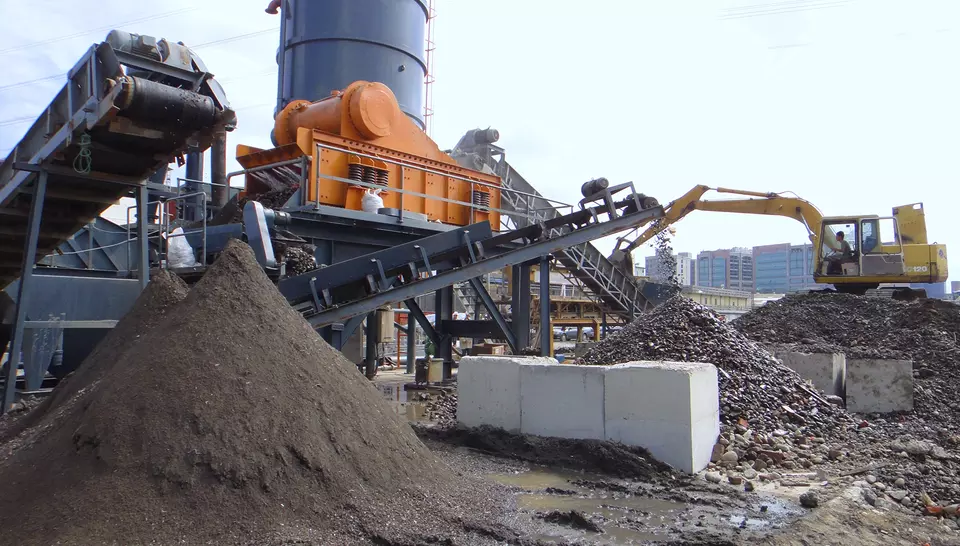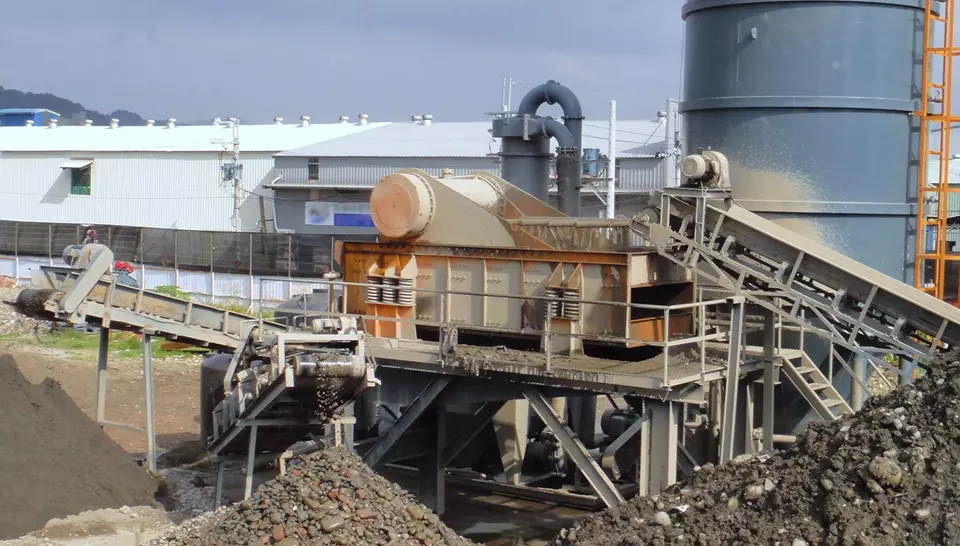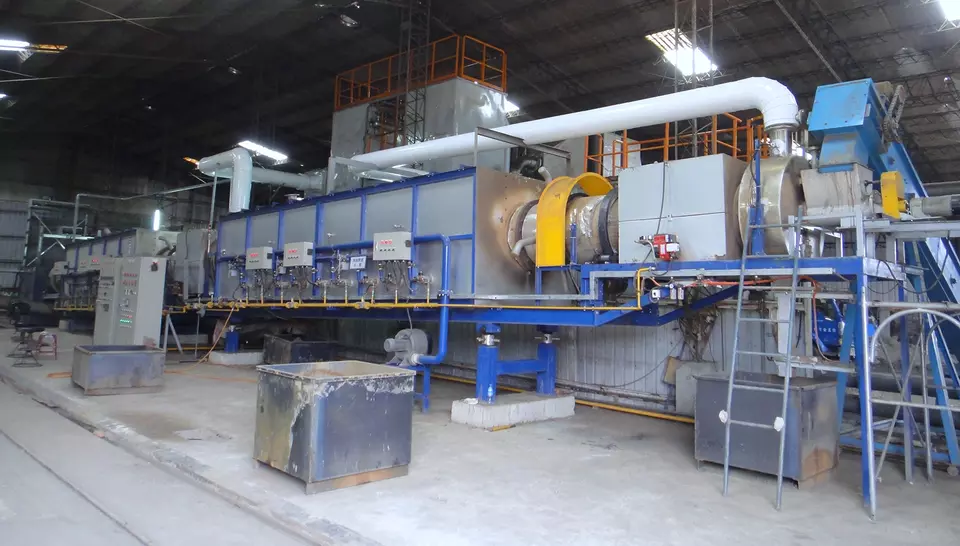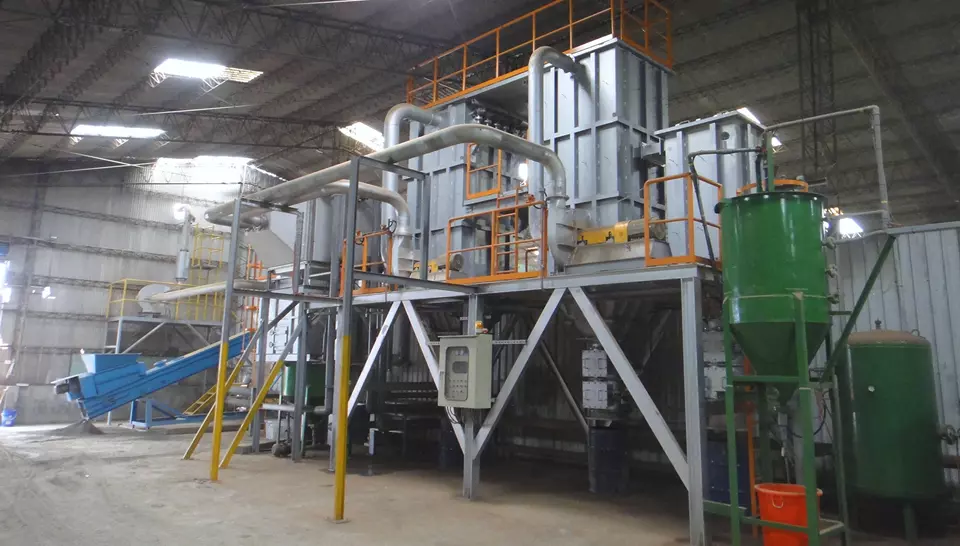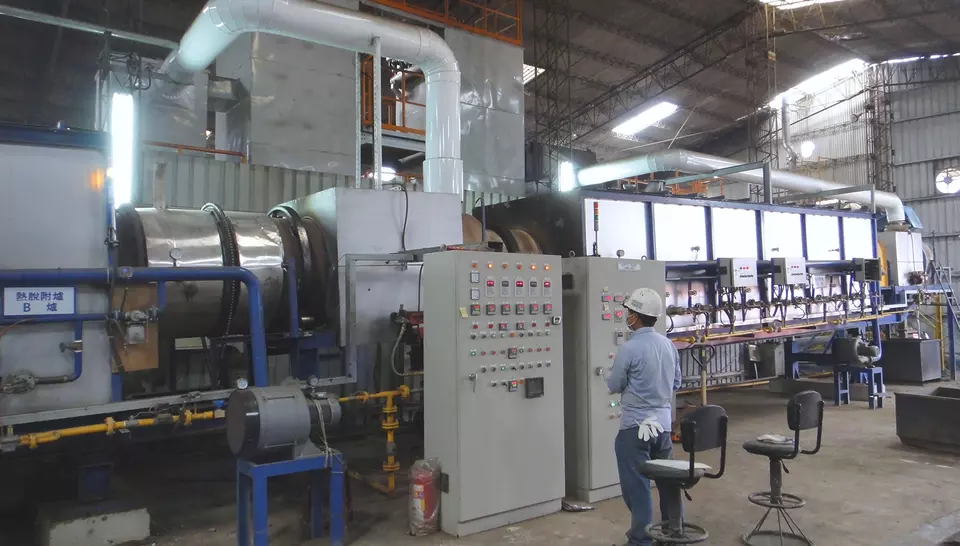Taiwan's First Thermal Desorption Treatment for Mercury-Contaminated Soil
Successful Brownfield Redevelopment and Reuse
Mercury Soil Remediation Using Indirect Thermal Desorption
Remediation Achieved Through Integrated Technologies
Site Background
Located in Xinzhuang, New Taipei City, this former fluorescent lamp manufacturing site, one of Taiwan’s largest, ceased operations in 1989. In 2007, the Environmental Protection Bureau of New Taipei City Government declared the site as contaminated land due to soil pollution. Recognizing the land’s development potential, a construction company acquired the site through foreclosure in 2010 and contracted ApolloTech to handle the investigation, remediation planning, and implementation.
Pollution Status
In 1985, the Environmental Protection Bureau of New Taipei City Government identified this site as contaminated with heavy metals, primarily mercury, along with copper, nickel, chromium, cadmium, and arsenic. The contamination, attributed to production processes and waste disposal, was mostly contained within the factory premises, covering approximately 9,000 m2, with a depth of 0.5 to 2 meters, reaching up to 2.5 meters in certain areas.
Remediation Approach
ApolloTech began site assessment, planning, and remediation in 2011. A comprehensive survey enabled a detailed understanding of pollutant distribution and composition. Based on the specific characteristics and distribution of heavy metals, we implemented a multi-stage approach combining sieving, soil washing, turning and diluting, and indirect thermal desorption. This phased approach enabled the effective separation and removal of contaminants. The Environmental Protection Bureau of New Taipei City Government approved the remediation in 2013, and the site was de-listed. ApolloTech’s successful remediation enabled the transformation of this brownfield site into residential and commercial areas, marking a significant redevelopment achievement in Taiwan.
Key Data
| Pollutants | Heavy Metals (Mercury, Copper, Nickel, Chromium, Cadmium) |
| Site Area | 21,000 m2 |
| Excavation Area | 16,000 m2 |
| Soil Excavation Volume | 27,800 m3 |
| Soil Drying and Sieving | 15,100 m3 |
| Soil Washing | 8,900 m3 |
| Volume of Thermal Desorption Treatment | 4,700 tons |


